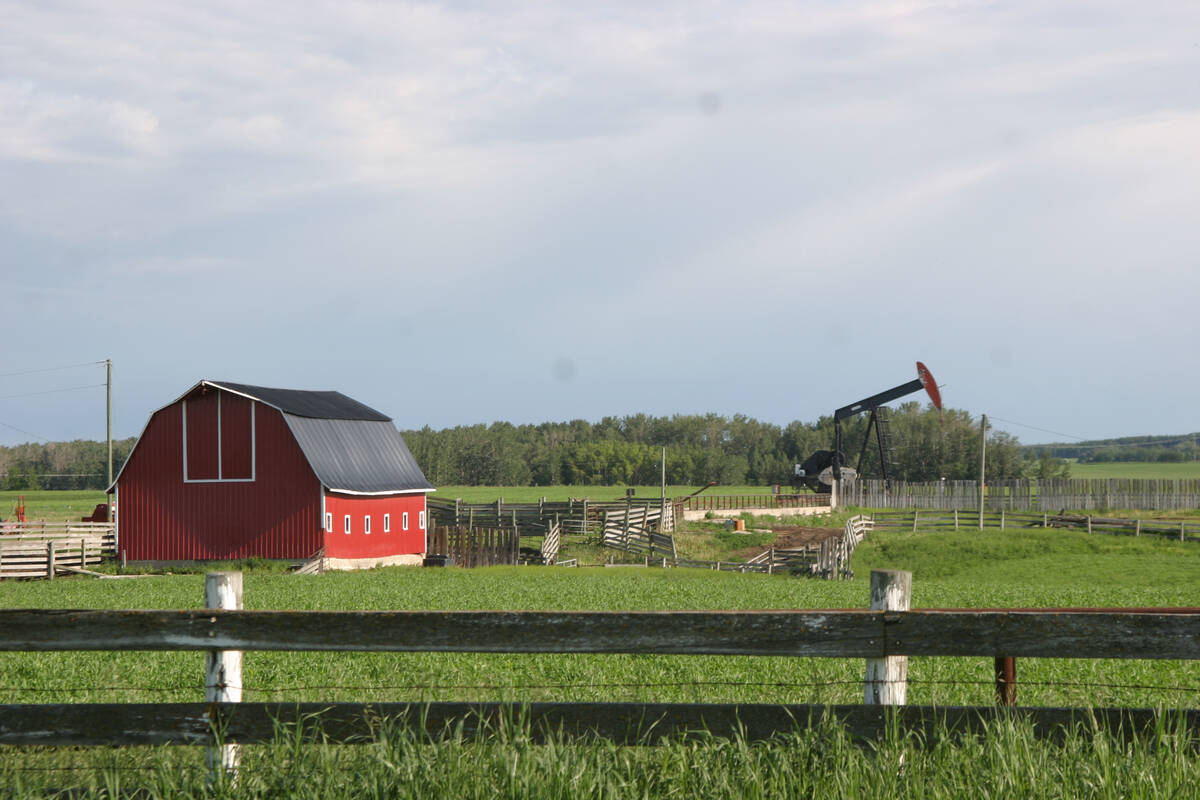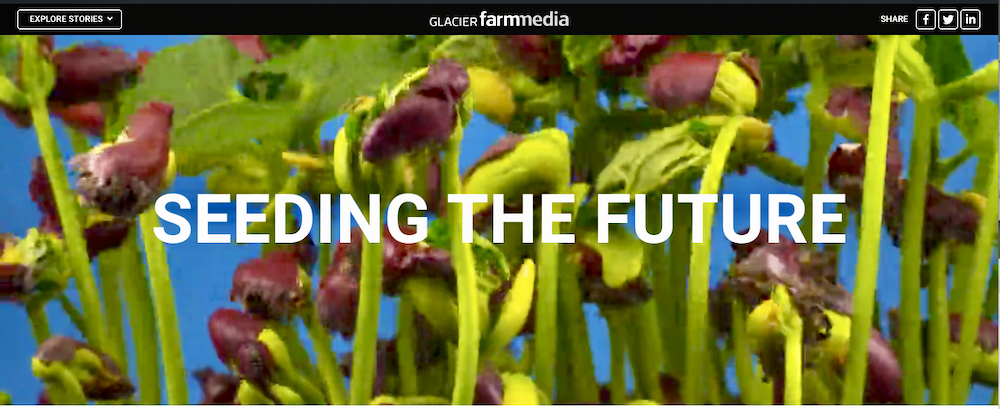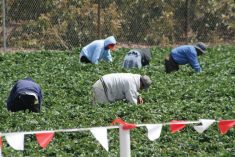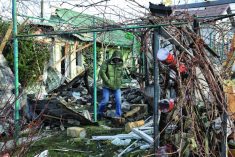When farmers plant a seed, it becomes many. It is the purest form of wealth creation.
It also takes many to cover even a fraction of the stories that could be done on seeds, and how humans develop, improve, preserve, and understand them.
Over the past few months, more than two dozen journalists from across the Glacier FarmMedia family of publications worked on a series of reports called Seeding the Future — a collection that begins with the above statement about the wealth that seeds bring.
Read Also

Recommendations in the mature assets strategy could cause potential problems for landholders
The Western Stock Growers’ Association urges producers to pay attention to the potential changes to Alberta’s Mature Assets Strategy.
Fittingly, these reports have emerged in many forms — in pictures, audio recordings, video, and a host of multimedia elements such as graphics and animation.
The home for all of this is a new website: gfmdigital.com. (The website also houses a collection of multimedia stories on Truth and Reconciliation, some of which appeared last issue in the Alberta Farmer.)
These stories will be the first of many.
Like agriculture, technology has changed journalism, and the pace of change is accelerating. The printed word isn’t going away; multimedia is meant to augment the reporting that Glacier FarmMedia publications have done for decades or in some cases, nearly a century. (Both the Western Producer and Manitoba Co-operator will soon be 100 years old — in 2023 and 2025, respectively.)
The new website offers a range of stories told in a range of ways. Some are centred around video, illustrations or audio, while others are ‘long-form journalism’ — more in-depth stories. (click the image below to visit the site)
One of the latter is called The Curious Cultivator, a 2,500-word profile of Axel Diederichsen, a research scientist who for the past 23 years has been the curator of Plant Gene Resources of Canada, the national seed gene bank in Saskatoon.
Although little known, the facility is a key strategic resource for the Prairie grain sector. The seed bank is mostly devoted to cereals and has tens of thousands of samples of barley, wheat and oats and their wild relatives. And to be of use, that stock of seeds has to be kept viable.
It is a huge task, but one Diederichsen calls “a big privilege.”
The multimedia website is also a place to hear people talk about their work in their own words, such as riparian and biodiversity biologist Melanie Dubois (who discusses the importance of shelterbelts) and molecular biologist Peter Beetham (who speaks about the opportunities offered by gene editing).
Multimedia also includes such things as timelines, dynamic charts and video, which are all employed in an in-depth look at why the push for more “sustainable farming” practices defies simplistic solutions.
For those of us who grew up in the era where print, radio and broadcasting were different species, this intermingling can seem a bit strange. But during training sessions, Glacier FarmMedia journalists were urged over and over again to start their reporting by thinking about which format — video, audio, graphics or print — “best tells the story.”
It’s something that makes sense given what’s happening in Alberta’s farm sector right now. Pick any part of any sector and it’s either changed a lot in the last decade or it is about to change in the next one.
Actually the signs are that everything is going to change and then immediately change again. (Learning about algorithms and machine learning seems to be part of getting an ag diploma these days. And one of the stories on the GFM website features the chief technology officer at Olds College talking about the “digitalization” of farming.)
We haven’t, of course, mastered these new technologies. But we’ve started, and we’re eager to see where it all leads.

















